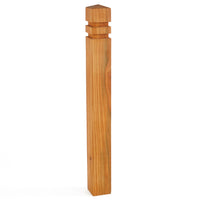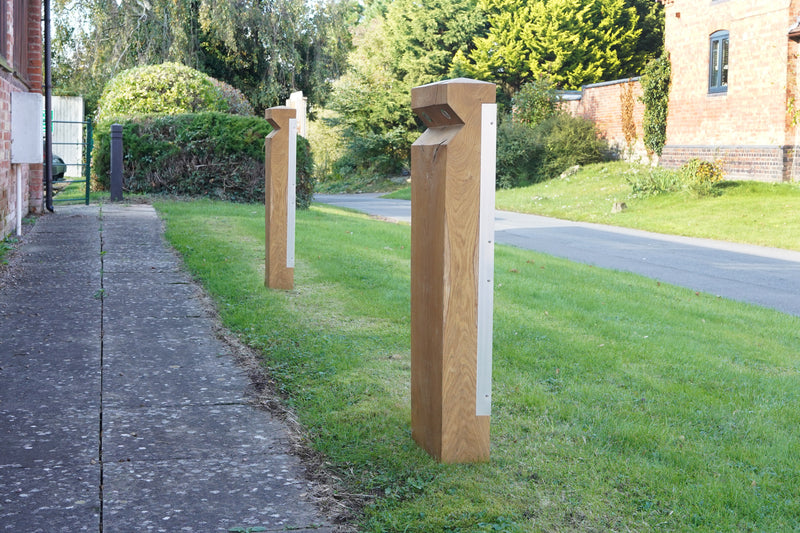What Makes a Good Timber Bollard?
Consider these key factors when choosing the best wooden bollard for your space.
Wood Type
The right type of wood is important for the durability and appearance of your bollard. Hardwood options like oak are perfect for high-traffic or harsh weather environments thanks to their strength and natural resistance to decay. Softwoods are more economical but may need extra treatment to ensure longevity, especially in unsheltered or wet conditions.
Finish, Treatment & Maintenance
To increase the lifespan of your wooden bollard, consider those that have been treated or do so yourself. Consider annual treatments such as pressure treatment, varnishing, or staining which will protect the wood from environmental factors like moisture, UV rays, and insects, and will significantly extend the lifespan of your bollard. A well-treated bollard can last for years with minimal maintenance. Note that wooden bollards require more maintenance than their metal and recycled plastic counterparts.
Sustainability
If environmental impact is important, ensure that the wood used in your bollard is sourced from sustainable forests or certified by organisations like the Forest Stewardship Council (FSC). Recycled wood composite bollards offer a more eco-friendly option by repurposing waste materials into a durable product that mimics the look and feel of real wood.
Aesthetics
Wooden bollards are known for being some of the most aesthetically pleasing items of street furniture on the market. Warm, comfortable, welcoming, and aesthetically pleasing, these bollards will look at home in any environment, improving the aesthetics of a public space whether urban or rural.

